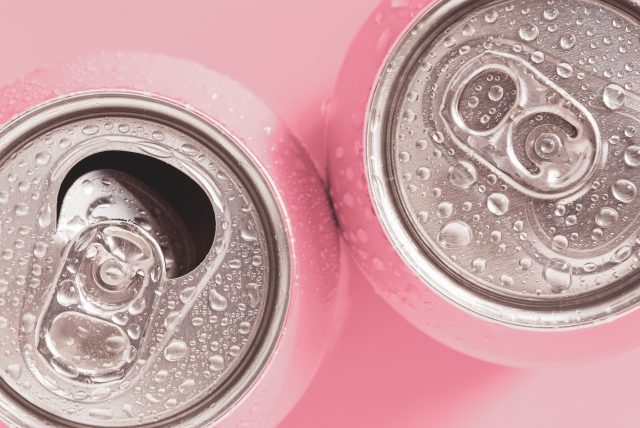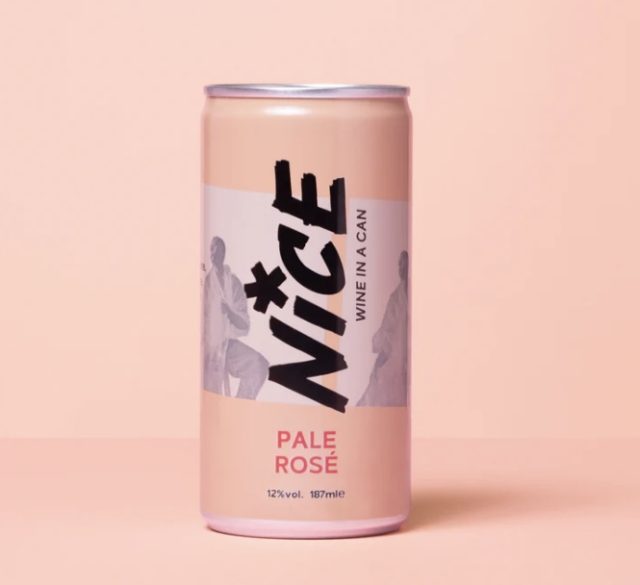This website uses cookies so that we can provide you with the best user experience possible. Cookie information is stored in your browser and performs functions such as recognising you when you return to our website and helping our team to understand which sections of the website you find most interesting and useful.
New research could improve the aroma of canned wine
A multi-year research product has revealed how producers can improve the aromatics of their canned wines and put an end to the ‘rotten egg’ smell sometimes present.

A team at New York State College of Agriculture and Life Sciences has spent several years exploring how to improve the aroma of canned wine. Working with wineries and can manufacturers on the long-term project, the researchers have just published their findings in the American Journal of Enology and Viticulture.
After extensive experimentation, the team found that the answer to achieving a more appealing aroma is dropping the Sulphur Dioxide content in the wine to a level that is “lower than winemakers are usually comfortable with”, and lining the inside of an aluminium can with “an ultra-thin plastic coating.”
The initial focus of the project, said team leader Gavin Sacks, Ph.D, was to define what the “problem compounds” are that can cause the unpleasant scent in canned wine.
“What was causing the corrosion and off aromas? And why was this happening in wines and not in canned sodas?” he asked.
Sacks embarked on a mission to characterise the chemical make-up of commercial wines while also evaluating the corrosion process of aluminium cans in parallel.
Wine samples were stored in cans with different internal coatings for up to eight months, while a second batch of wine samples underwent “accelerated ageing” by being gently warmed in ovens for one to two weeks.
The culprit
The findings showed that the culprit for the “off smell” in canned wine is the “molecular” Sulphur Dioxide (SO2) used by winemakers as an anti-microbrial.
“Wineries typically aim for about 0.5 to 1 parts SO2 per million (ppm). We were noticing that in wines with more than 0.5 ppm SO2, we had sizeable increases in Hydrogen Sulfide, responsible for the rotten egg smell, within four to eight months,” said Sacks.
Based on the research, Sacks and co-lead authors Austin Montgomery and Rachel Allison, Ph.D, recommend that winemakers limit their SO2 limit to 0.4 ppm.
“We’re suggesting that winemakers aim for the lower end of what they’re normally comfortable with,” said Sacks.
If they do so, he says, their canned wines can be stored for up to eight months with fewer adverse effects.

A follow-up project is now underway to ascertain the optimal type of polymer lining with which to coat the inside of the can, with early indications suggesting that a thinner epoxy liner could work best.
Thicker plastic coatings are not always more effective as while they are successful at slowing down the corrosion of the can, their formulation means they may still allow a chemical reaction between the SO2 and the aluminium, triggering the creation of Hydrogen Sulfide.
A recent survey of 1,200 Australians by the Ehrenberg-Bass Institute for the Wolf Blass Foundation of 1200 found that canned wine was the least preferred format for Australian wine drinkers.
The same survey found that consumers were most likely to consider buying wine in an alternative format such as a can if it has a “mid-to-low price range” and comes from a well-known, prestigious brand.
Meanwhile, a Dutch company which sells Beaujolais Nouveau into the South Korean market has decided to package its French wines in cans for the first time.

